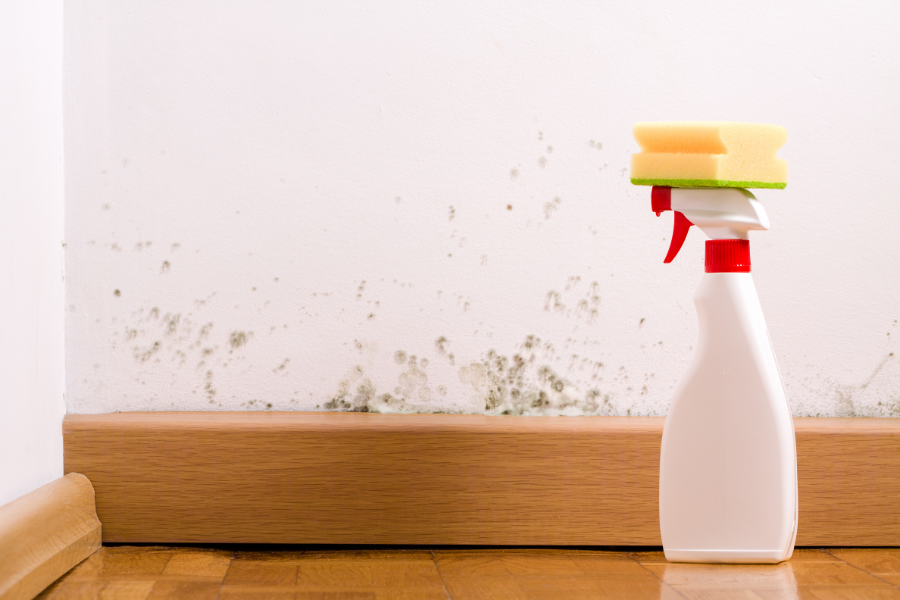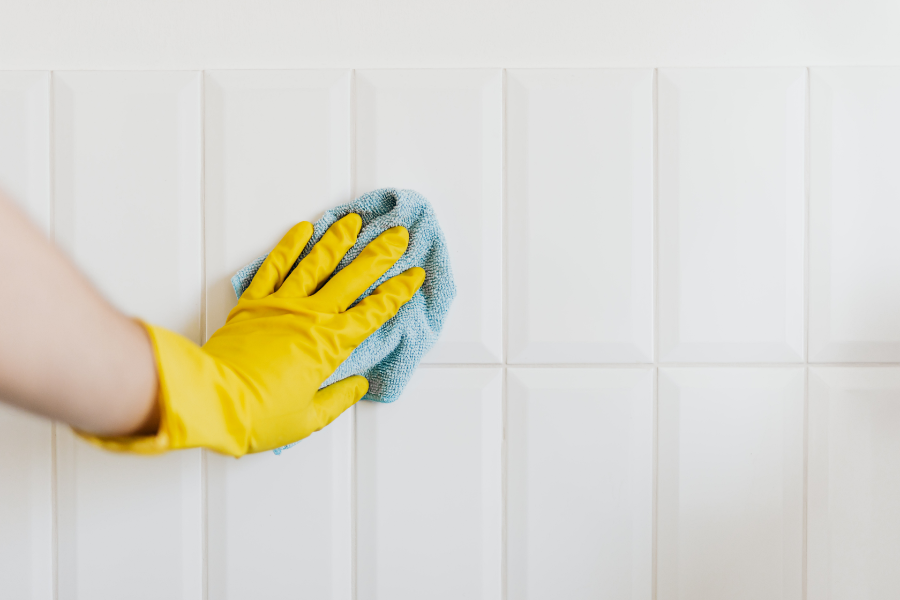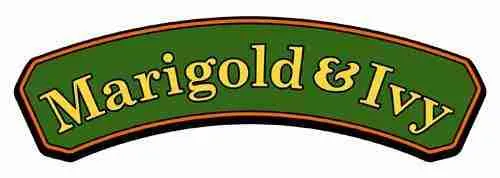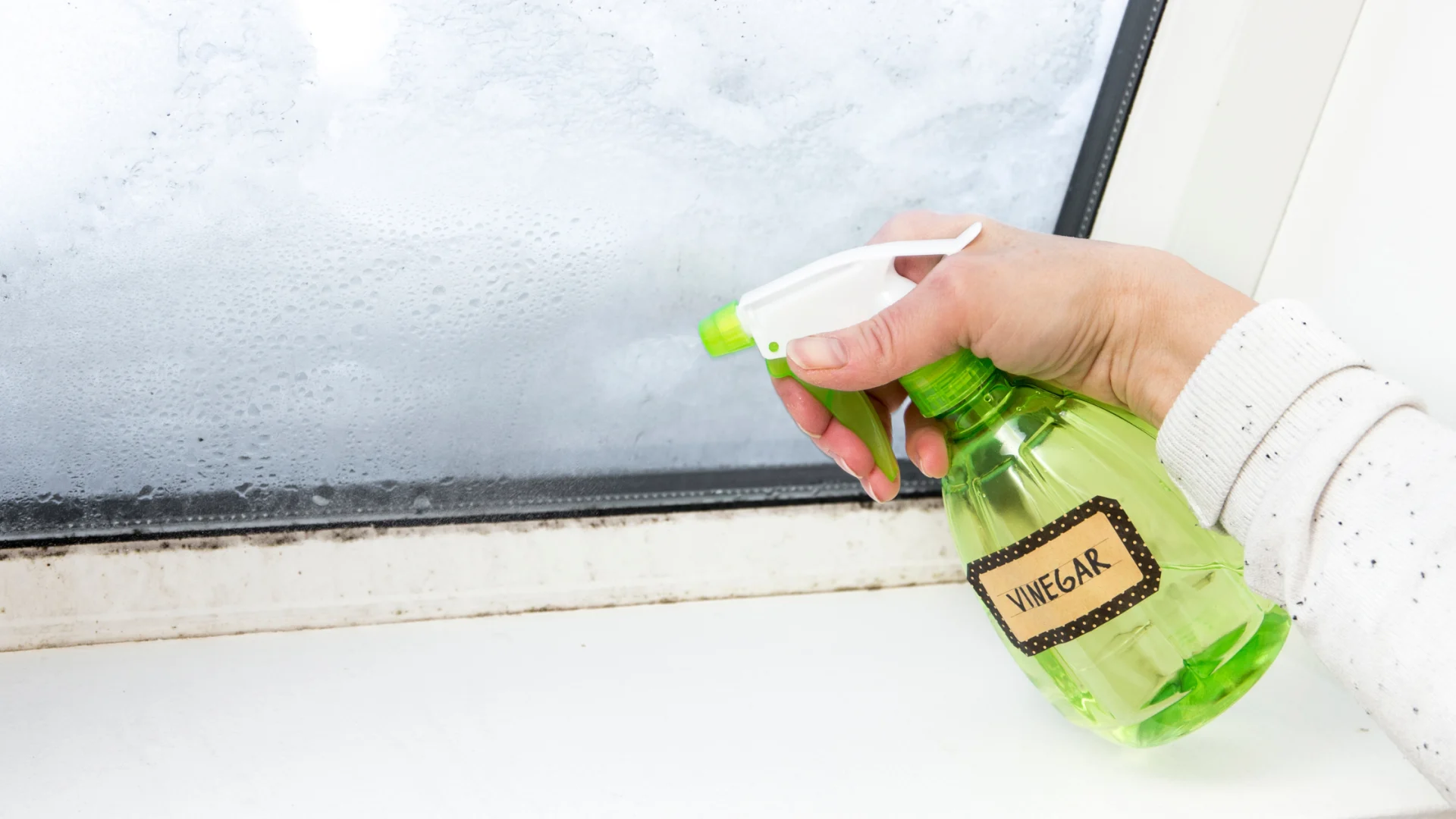Are you searching the web for mold killers? Good news! You can safely remove unhealthy and unsightly mold with a simple ingredient in your pantry: vinegar! If you’re looking for a natural alternative to harsh chemicals, you can rely on cleaning vinegar to kill mold in your house.
Over the years, cleaning vinegar has earned its reputation as one of the most robust eliminators of molds and mildew. Studies show that the natural acidic component found in vinegar effectively eliminates all traces of mold and prevents its future growth.
Mold in homes is a scary and worrisome sight. Even though cleaning vinegar has the versatility and ability to clean various things and areas in your home, you might still ask – will cleaning vinegar kill mold in my home? Below we will discuss why cleaning vinegar eradicates mold and how you can use it in your home.
Why is Cleaning Vinegar Effective for Killing Mold?
Cleaning vinegar is the ultimate go-to formula for killing molds in every household. This solution has around six to eight percent acetic acid. Experts say the acid in cleaning vinegar kills around 82% of molds.
Because of its vital acid component, cleaning vinegar can undeniably kill the growth of microorganisms and fungi like molds. Budget-wise, accessible, and environmentally friendly, cleaning vinegar is a recommended household cleanser for stains and dirty surfaces caused by mold.
Is Cleaning Vinegar Better than White Vinegar for Removing Mold?
White vinegar is the most commonly used formula for removing molds. But there’s no concrete answer where cleaning vinegar does better than white vinegar. The truth is cleaning vinegar and white vinegar only differ in acidity level.
While distilled vinegar contains around five percent acetic acid, cleaning vinegar carries six to eight percent acetic acid. At first glance, it doesn’t seem like that much of a difference. However, experts say that cleaning vinegar proves to be 20% stronger for household cleaning.
Overall, both formulas have antibacterial properties, which makes them effective in killing molds at the roots. Cleaning and white vinegar are cheap but efficient solutions for removing many molds.
Vinegar isn’t the only natural household product you can use to kill mold. Read our article – Can You Remove Mold from Your House Naturally? to learn what else you can use in your home.
How to Use Cleaning Vinegar to Kill Mold

How does cleaning vinegar kill mold? As mentioned, vinegar has antifungal properties that eliminate molds at their roots.
To effectively use cleaning vinegar and its antifungal properties to clean mold, follow our guide as we walk you through all the tools, materials, and steps to do it.
Things You’ll Need
Here’s a quick rundown of materials and equipment you must keep on hand when using cleaning vinegar to remove mold.
Materials
- Cleaning Vinegar
Equipment
- Spray Bottle
- Rubber Gloves
- Eye Protection
- N-95 Mask
- Sponge
- Bucket
- Brush
To save you from the hassle, here are the six steps to follow when removing mold using cleaning vinegar.
Instructions:
- Protect yourself and wear safety gear like safety glasses and an N-95 mask that can fully cover your nose and mouth.
- Put a sufficient amount of cleaning vinegar in an empty spray bottle.
- Spray the cleaning vinegar directly onto the surface containing the mold.
- Let the cleaning vinegar penetrate the mold for one hour.
- Scrub the remaining mold with rubber gloves, a sponge, or a brush.
- Give a final blow with one last spray of cleaning vinegar into the area.
How Often Should You Clean Mold with Vinegar?
The growth of molds can be persistent. No one-stop solution can 100% get rid of and blow away molds all at once. While cleaning vinegar can successfully remove mold on different surfaces of your home, there’s a high chance it can still grow back if the conditions are right.
To keep your home mold-free, keep the humidity at 50°F by using a fan or dehumidifier. But if you still notice mold, follow the steps above and use a spray bottle of cleaning vinegar to kill it.
How Long Will It Take to Kill Mold with Vinegar?
Cleaning vinegar will take around one to two hours to kill all traces of mold completely. That’s because it takes this long to penetrate the mold’s membranous areas and destroy it entirely.
Afterward, the next step, brushing and scrubbing, will be much easier. Further, cleaning the area might take more than one cleaning vinegar application for large mold infestations.
What Types of Vinegar Can You Use to Clean Mold?
While vinegar has natural cleaning properties, not all types of vinegar can be used to clean mold. Although red wine vinegar, balsamic vinegar, champagne, and white wine vinegar are acidic, they are best kept and used in the kitchen.
So, what types of vinegar can you use to remove molds? Apple cider vinegar can kill mold, but standard white distilled vinegar will do better. With its five percent acidity, you can eliminate mold infestations. You can also rely on it for your cleaning chores!
On the other hand, you can always use cleaning vinegar with a high acidic content if you don’t have white distilled vinegar. As mentioned earlier, the acidic components of cleaning and white distilled vinegar allow them to destroy molds and clean and shine your house’s surfaces.
How to Prevent Mold Growth with Vinegar
Cleaning vinegar has also established its reputation for effectively preventing molds. Cleaning vinegar can prevent mold growth on fruits and common household mold nests.
To prevent molds from forming, try spraying cleaning vinegar on hard surfaces. Give the cleaning vinegar time and allow it to dry.
You can also mop your floor with water and vinegar to prevent mold from returning and reappearing. Or directly spray the cleaning vinegar in the problem areas every other day and wipe!
Where Should You Not Use Vinegar to Kill Mold and Mildew?

Undeniably, vinegar proves to be a powerful treatment for molds. However, because of vinegar’s acidity, it can damage specific areas in your house. So, it will be best not to use vinegar on the following:
Stone Countertops
Vinegar has the potential to etch and dull stone surfaces of limestone and marble. Keep the vinegar away when removing mold from granite and natural stone countertops.
Electronic Devices and Screens
Although you probably won’t find mold on your electronic devices, do not use vinegar on them. Vinegar can affect the anti-glare properties of electronic devices and damage their touchscreen properties. Even in its diluted form, never use vinegar in cleaning laptops, computers, televisions, and smartphones.
Metals
Vinegar can corrode metals like copper and aluminum. If used to clean mold, vinegar will cause pitting on the metals and stainless edges.
Wooden floors
It’s best not to use vinegar for cleaning molds and mildew on wooden floors. Vinegar can damage the protective finish of waxed wood surfaces. Constant use of vinegar on wooden floors will dull their shine, cause swelling, and leave a dry appearance.
Conclusion
Now you know that cleaning vinegar is natural, environmentally friendly, and effective for killing molds and mildew. Most importantly, it’s affordable, so you won’t have to break the bank to keep your humble home mold and fungus-free!
Follow our six-step guide to killing mold in your house and our tips for preventing it, and you won’t have to worry about mold any longer.
To learn how to use hydrogen peroxide to kill mold, check out our article: Does Hydrogen Peroxide Kill Mold? – Learn the Easy and Safe Way to Combat Mold

